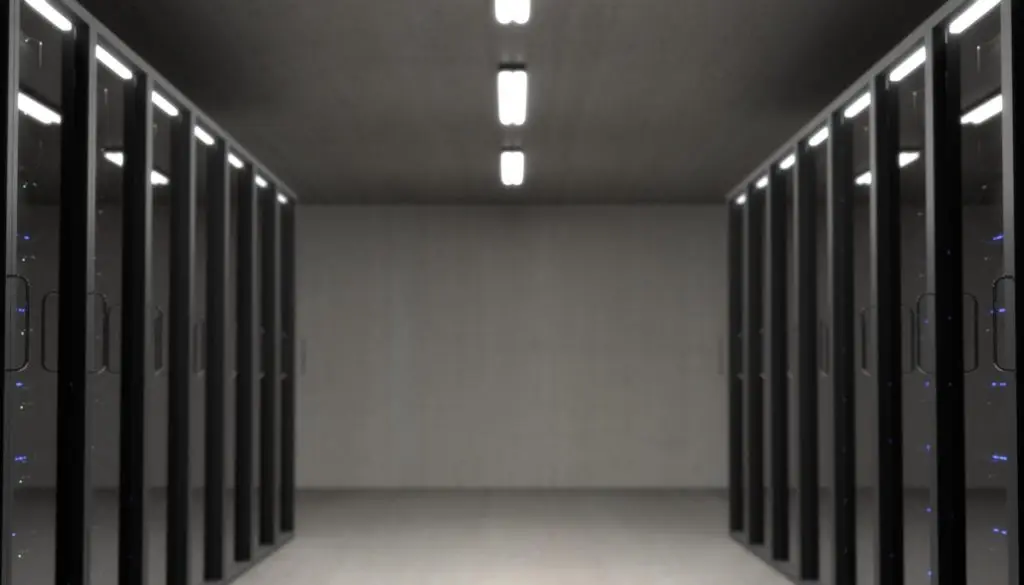Explore the world of Hyperconverged Infrastructure (HCI) and discover how this cutting-edge technology revolutionizes data centers.
This innovative approach combines computing, storage, and networking resources into a single, cohesive “building block.” With its software-defined nature, it brings unparalleled flexibility, cost-effectiveness, and scalability to modern IT infrastructures.
Learn about the differences between converged and hyper-converged systems, as well as the relationship between HCI and virtualization.
What is Hyperconverged Infrastructure HCI technology?
Hyperconverged Infrastructure (HCI) represents a revolutionary shift in the design and management of data center infrastructure.
It is an all-in-one solution that seamlessly integrates computing, storage, and networking resources, eliminating the need for separate hardware components.
By adopting a Software-Defined Everything approach, it harnesses the power of virtualization and intelligent software to deliver unified management, improved resiliency, and simplified scalability.
HCI leverages Software-Defined Storage (SDS) to control storage at the operating system or hypervisor layer.
This eliminates the reliance on proprietary storage hardware, reducing costs and enhancing flexibility.
The virtual storage controllers running on each node within the cluster ensure unified storage management, resiliency, and failover capabilities.
Similarly, Software-Defined Networking (SDN) provides a centralized interface for administrators to manage network traffic and distribute resources efficiently.
The beauty of itI lies in its ability to automate the provisioning and configuration of the entire networking stack. Abstracting the underlying hardware, it enables IT teams to allocate resources quickly, scale as needed, and respond to changing demands with ease.
This level of automation improves IT infrastructure efficiency, freeing up valuable time and resources for businesses to focus on innovation and service delivery.

How Does Hyperconverged Infrastructure (HCI) Work in 2023
In 2023, HCI continues to evolve, shaping the future of data center architecture.
The core concept behind it is the unification of the data center stack elements into an abstracted layer of available IT resources.
By converging server hardware with direct-attached storage media, it leverages virtualization to create a single resource pool that can be distributed as needed.
Gone are the days of dealing with the complexities and limitations of traditional infrastructure.
Embraces commodity hardware, allowing organizations to build their infrastructure using readily available resources.
This approach offers unparalleled scalability, performance, and resilience. Every ounce of hardware potential is utilized without leaks, overhead, or bottlenecks, enabling businesses to optimize their IT investments.
The virtualized resources within the HCI environment become a unified pool, easily managed and allocated through the relevant software.
Administrators can dynamically provision and scale resources to match the changing workload demands, optimizing performance and enhancing user experience.
The integration of Software-Defined Storage (SDS) in HCI eliminates the need for proprietary storage hardware.
The virtual storage controllers distribute and manage data across the HCI cluster, ensuring data redundancy, fault tolerance, and efficient utilization of available storage.
In the event of a hardware failure, the data is automatically shifted to alternative nodes, maintaining data integrity and availability.
With SDN, organizations can adapt to changing network demands, prioritize critical workloads, and ensure seamless connectivity across the HCI infrastructure.
What is the Difference Between Converged and Hyperconverged?
While converged infrastructure (CI) also combines compute, storage, and networking resources, it falls short in comparison to hyper-converged infrastructure (HCI) in terms of simplicity, scalability, and management.
However, the components in a converged infrastructure are managed separately, often requiring dedicated applications and administrative teams for each aspect.
This fragmented management approach adds complexity and increases maintenance costs.
In contrast, HCI eliminates the need for separate management interfaces and dedicated teams. With HCI, all resources are managed through a unified interface, streamlining operations and reducing administrative overhead.
The consolidation of hardware and software in HCI results in a smaller footprint, providing greater flexibility for scaling and optimizing resources.
Additionally, converged infrastructure tends to involve a significant hardware footprint, occupying unnecessary space and limiting scalability options.
HCI, on the other hand, leverages software-defined technologies to abstract the hardware layer, enabling organizations to utilize commodity hardware and scale their infrastructure seamlessly.
What is the Difference Between HCI and Virtualization?
HCI and virtualization share a close relationship, but they are not synonymous.
Virtualization is the foundation on which HCI is built. It abstracts the underlying hardware and enables the pooling and allocation of resources, providing the basis for HCI’s unified infrastructure.
Virtualization allows multiple virtual machines (VMs) to run on a single physical server, optimizing resource utilization and increasing flexibility.
It separates the software from the hardware, enabling the creation of virtualized environments that can be easily managed and scaled.
HCI, on the other hand, eliminates the need for separate storage and networking hardware, allowing organizations to build their infrastructure using commodity hardware and achieve greater efficiency and scalability.
While virtualization focuses on abstracting the hardware layer, HCI encompasses a broader scope by converging the entire data center stack.
By leveraging software-defined storage and networking, HCI simplifies infrastructure management, automates provisioning, and enhances resiliency.
Hyperconverged Infrastructure Conclusion
Hyperconverged Infrastructure (HCI) continues to redefine how organizations design, deploy, and manage their IT infrastructures.
By eliminating the complexities of traditional infrastructure, HCI empowers businesses to achieve greater efficiency, scalability, and agility.
As the data center landscape evolves, HCI stands as a beacon of innovation, enabling organizations to unlock the true potential of their IT investments.

